
I like to consider myself the woman behind the curtains at South Pond. I am the oldest daughter of four and South Pond is my home. I have helped my mom transition our farm into a successful agritourism business. I am also a full time student in a Masters of Science in Sustainability Management program at the University of Toronto. This means that my schedule at the farm is erratic, so I often don’t meet many of the people visiting, unless of course you find me behind the bar, serving cocktails at an event or counting inventory before anyone wakes the next day. Although these are the things people see me doing, they take up the least amount of my time on the farm. I am usually at a desk somewhere, whether it’s in London, New Zealand or Toronto sending out confirmation of purchase emails, updating the website or updating wedding planners. I do the background work and projects of all kinds that make up the visible features of the farm. My latest background project is waste management.
I have a huge vision for the farm. I see it being self-sustaining, where the land is more than enough to keep the business operating successfully. Growing up here, I’ve seen this property move through major transformations. I mean major. That barn where many have their first dance? That is where I tied a rope swing to jump into the hay. The bottom of the barn is where my sister and I raised chickens as our first summer business venture. I see so much potential in the property, in my home. Out of the 60 plus acres here, we barely use a quarter of its potential. There is so much productive land that could be used to feed not just parts of the meals served at the farm, but all of them! This plan still has a long way to go before it becomes reality. In the meantime I am chipping away with smaller projects.
This year’s project: waste management. Not many people get as excited about garbage as I do. It isn’t so much about the garbage, it’s about what is produced and how we can reduce it, but better yet, how we can re-use it. With all the events we do and despite how careful we are about our waste, we generate a lot of it whether it’s food waste or packaging, or even decorations and garbage left behind from guests. When my mother started this business, she always insisted on using glass and real cutlery and utensils, not allowing plastic water bottles to be brought on to the farm. We also had goats and chickens and our kitchen was pretty good about making sure kitchen waste was disposed by either composting or animal food. However, it is difficult to refute that the average Canadian generates 4 lbs of waste per day, so if 100 people spend the day at the farm, we could be looking at about 400lbs of waste just that day!
So where do I begin to reduce this statistic in our own footprint? First, I sort. I walk through an average event day and figure out how many different types of waste are produced. Here is a list of the extent of this sorting:
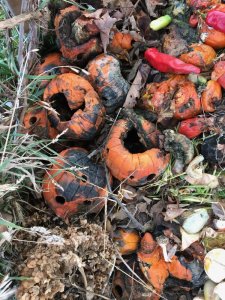
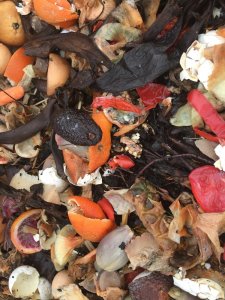
Next, I figure out what I can do with it all. I called our local waste management providers, Miller Waste and ordered 2 dumpsters. One for landfill and the other for cardboard and recycling. Ordinarily, one might not be able to put cardboard and plastic together but in speaking to Miller, we are able to separate using bags for plastic and leave the cardboard broken down. Now the ultimate goal here is to send as little as possible to the landfill. This requires a little creativity. We separate all of our cans, which means that we can actually sell them as scrap metal, along with any other metal that may be thrown out, and make a little bit of money. Bonus! The beer store is fantastic, because they will come to the property and pick up all of our empty bottles for free when they make a delivery.
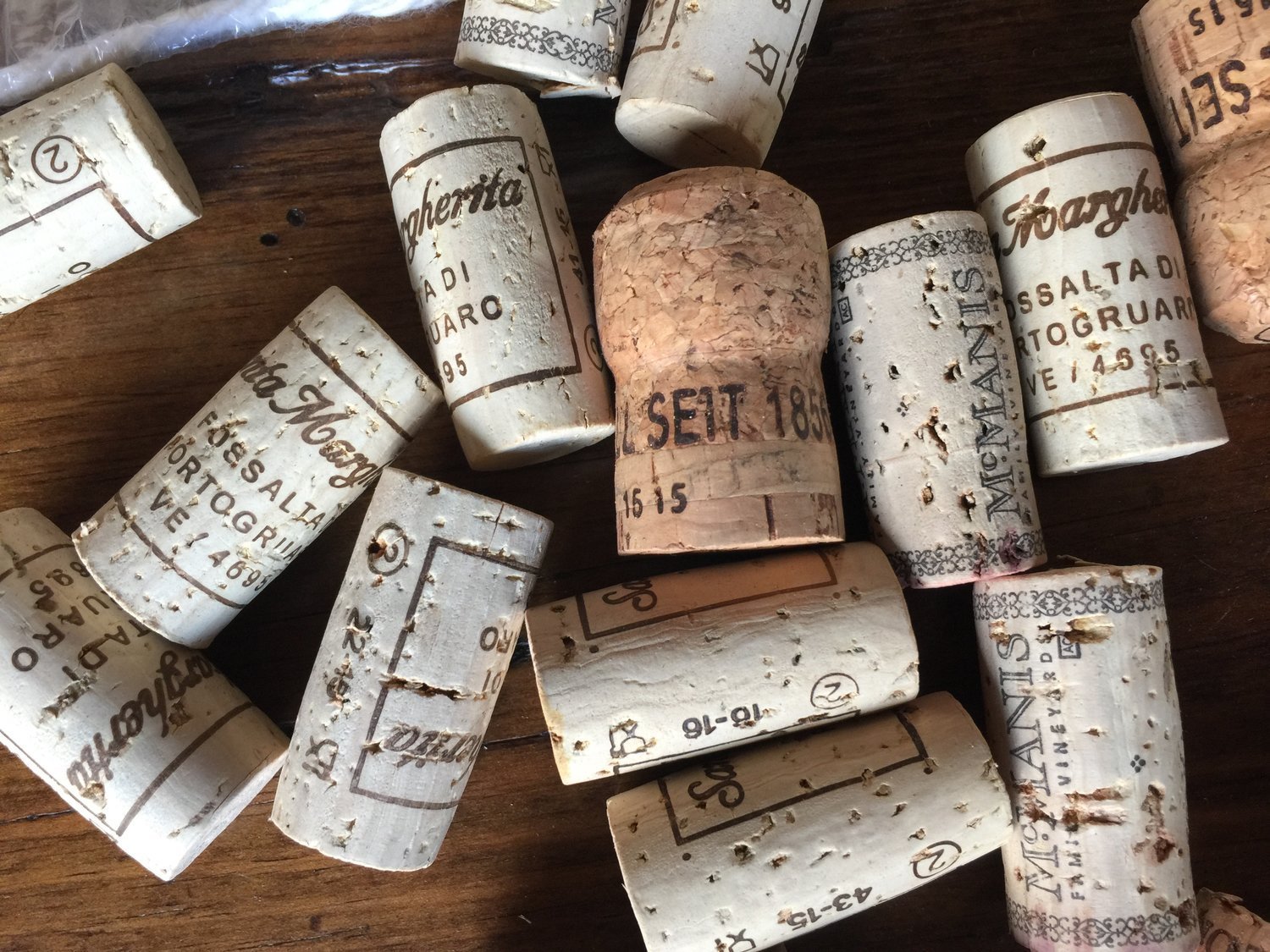
Shawn Sutcliffe, who restored and created many of the structures on this property, is one of the more sustainable people I have ever met, especially when it comes to waste. In fact, he has spent his entire life using other people’s waste, in a career of demolition. He told me that he could use our broken glass for road bedding after crushing it up. What a creative way to use a waste so difficult to dispose of! As a fully operational office, we often head to Staples for supplies. This is a perfect opportunity to drop off any old electronics so that they can be recycled or properly disposed of. Now for the cork. In the past, I have used the corks for my own DIY projects, but I am still waiting for an epiphany moment for really great use of cork on the farm. Until then, I can compost what I don’t use, as cork is 100% natural.
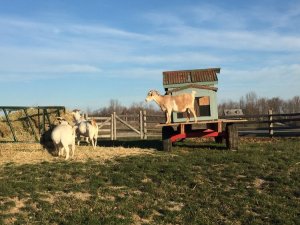

Food waste is probably the most exciting part about the whole waste management plan. My goats, Tula, Eloise and Squirt as well as our laying hens will eat a lot of vegetable waste, but not everything. They enjoy vegetable skins, greens, and some fruits. Because of how much we give them to snack on, they are becoming picky eaters. They do not enjoy onions, potatoes, and other heavier vegetables. They also often can’t keep up with the pace that we’re producing at. Enter our new piglets. That’s right. This year, South Pond Farms will house 2 piglets for the duration of the season to help us with our food waste. The best part of this is that while they help us with waste, they can also dig up our vegetable garden for next year! Anything left that the pigs, chickens, and goats won’t eat as well as garden waste can go straight into our compost pile. Another, more difficult component of food waste, comes from table scraps. This includes cooked meats These things aren’t great for pigs on a full-time basis and they don’t compost as fast as vegetable and garden scraps. For this reason, we are looking into an anaerobic digester. This option may be able to produce nutritious fertilizer fairly quickly to be spread on our gardens throughout the growing season.
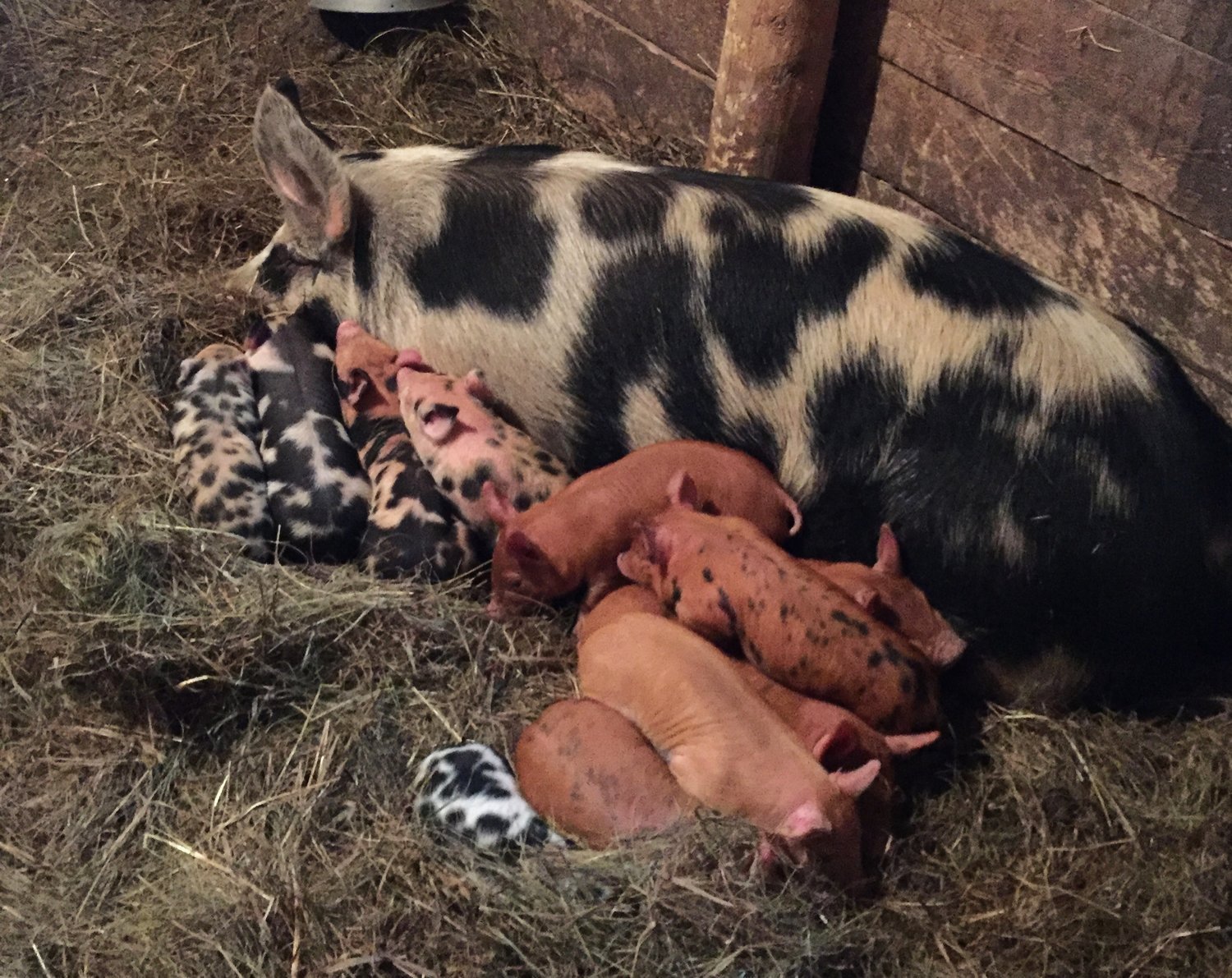
Overall, progress is being made. It is my personal goal to divert 90% of our waste from landfill this year. We have also committed to removing all unnecessary uses of disposable plastics from the kitchen. This includes cling wrap being replaced with beeswax wrap. That huge vision I have? It includes have 0% waste to landfill. We are not at that point yet, but one step at a time will surely get us there.
My sights for future next steps: energy footprint.
Written by Carlyle Apps
Sign up to receive stories and updates
You may also enjoy